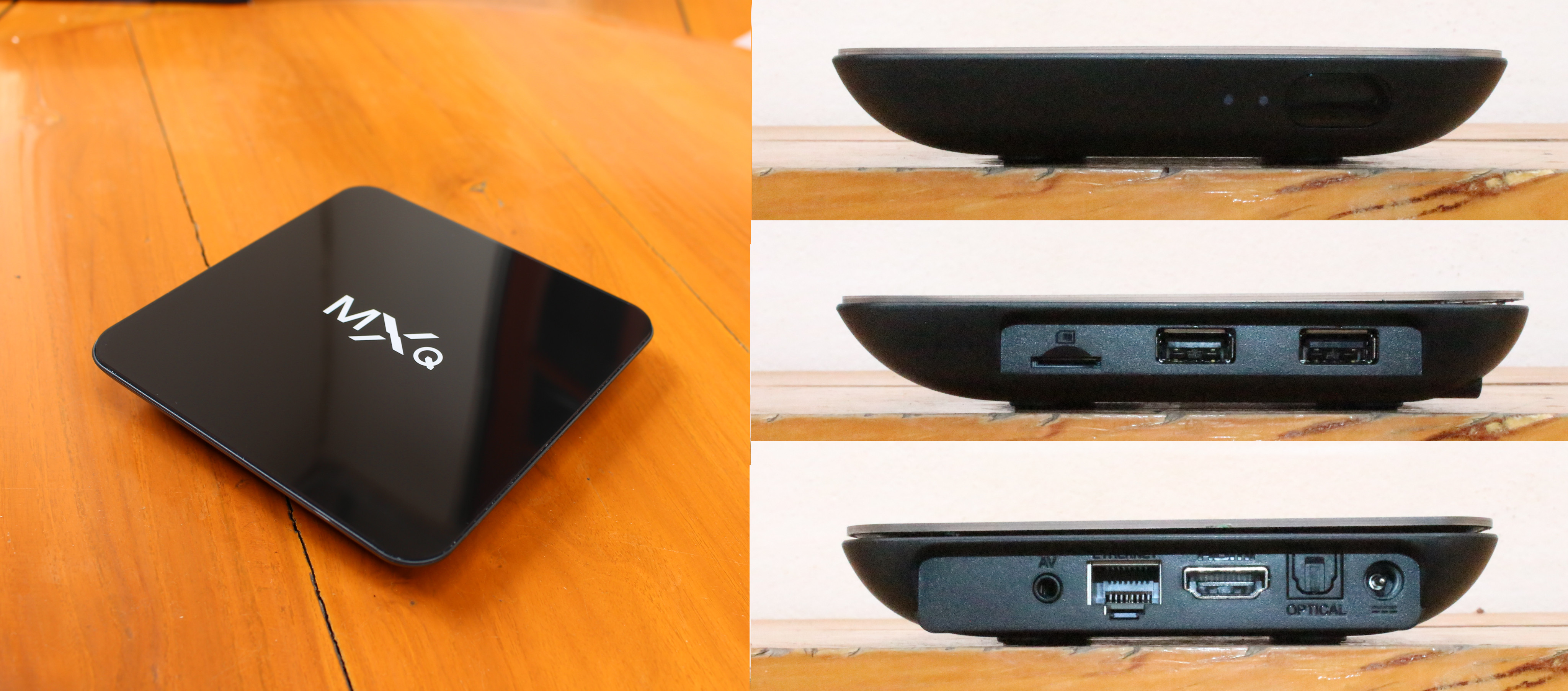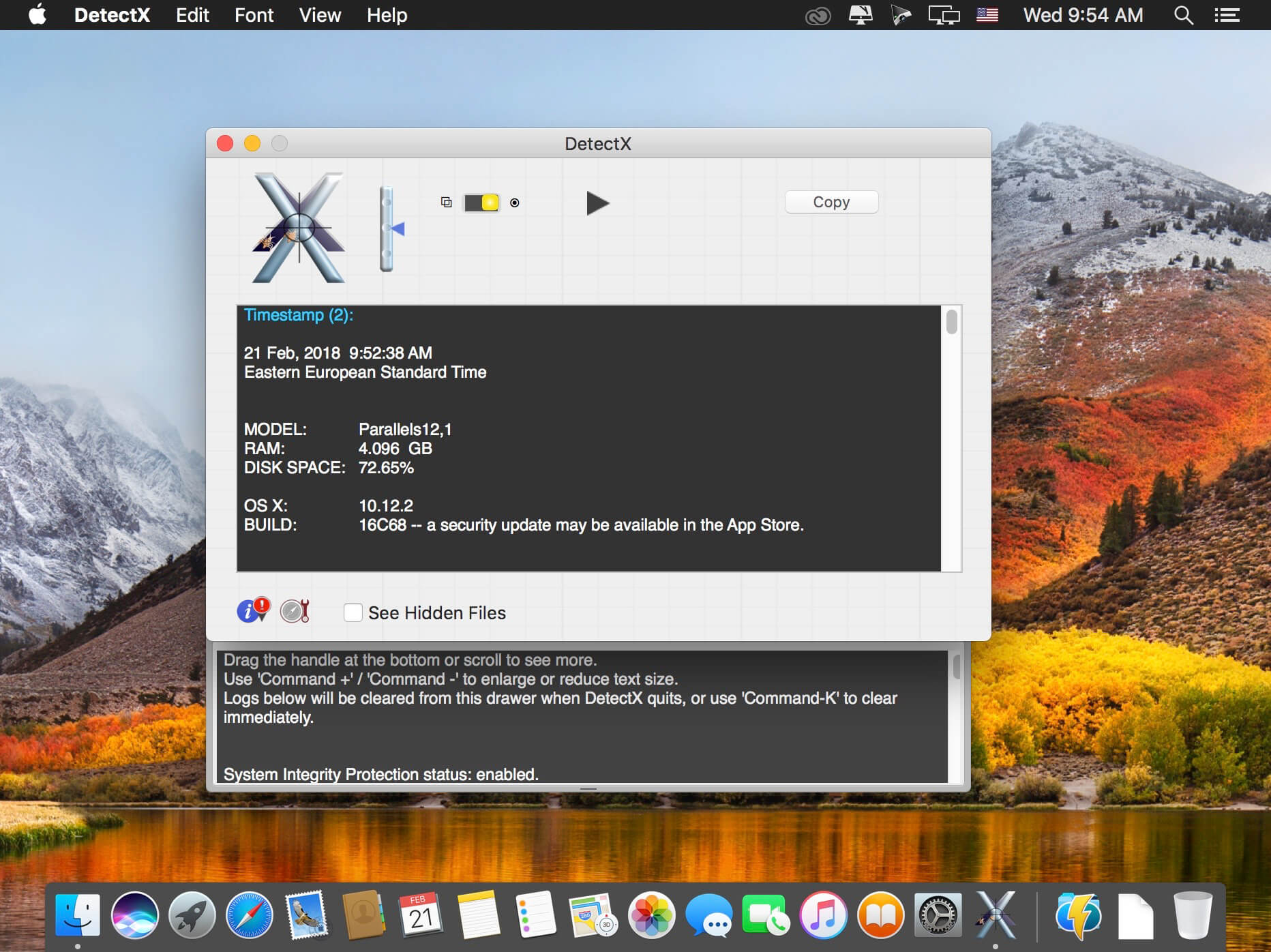

In addition to rapidly discriminating among multiple prevalent clade variants in parallel, DetectX-Cv enables identification clade variant samples “of interest,” which can be sent for full sequencing. From an economics standpoint, this solution is 10-20 times less costly than NGS, per sample. The entire process, including imaging, analysis, and reporting, can be completed in just four hours, for multiples of 96 samples in parallel. The process combines viral RNA extraction, which may be performed on any PCR platform, with one-step asymmetric RT-PCR on a 96-well microarray followed by DNA hybridization and washing, then autonomous imaging of the resulting data and hands-free analysis of those data to generate a clade variant report. The current microarray clade architecture can discriminate among seven prevalent CoV-2 clade variants in parallel (including UK, South Africa, L452R, Brazil P1, Brazil P2, India, and Wuhan) with the capacity to add additional clade variants of concern in less than four weeks. In addition, NGS becomes very expensive when it comes to having to process hundreds if not thousands of samples.ĭetectX-Cv clade-array technology reduces time-to-result from weeks to less than four hours. While accurate, this approach is complex and inefficient, as it requires up to two weeks to obtain results at full population scale and can detect only a limited number of samples per run. Identifying viral variants with NGS involves qPCR analysis to identify SARS-CoV-2-positive samples, followed by RT-PCR, amplification, library preparation, NGS sequencing, analysis, and reporting. NGS platforms sequence millions of DNA fragments in parallel and the resulting sequence data is aligned against the SARS-CoV-2 reference genome to detect mutations. It can be implemented in any CLIA-certified laboratory performing real-time quantitative reverse transcription PCR (qRT-PCR) to deliver follow-on clade identification on any sample previously determined to be COVID positive, more or less in real time.Ĭomparing PathogenDx DetectX-Cv Technology and NGS The PathogenDx DetectX-Cv clade variant adaptive surveillance test is a cost-effective, rapid, and very high throughput alternative to NGS that enables clade variant testing at population scale. Currently, next-generation sequencing (NGS) technology is the primary tool available to distinguish CoV-2 clade variants, but has several major limitations: high cost, low speed, and analysis of a limited number of samples per run. With several variant strains circulating in the population- including some with increased transmissibility-and the potential for more to emerge, there is an urgent need for diagnostic tools which can accurately detect any clade variant (i.e., show 100 percent inclusivity), and distinguish clade variants from each other. Sample - Serum, Plasma, Urine and Dried Fecal Extracts.As the SARS-CoV-2 virus evolves, mutations in the CoV-2 genome can increase the risk of false negative results in any of the existing molecular tests.Use - No Extraction Needed for Serum and Plasma.After a short incubation, the reaction is stopped and the intensity of the generated color is detected in a microtiter plate reader capable of measuring 450nm wavelength.ĭetectX® Testosterone ELISA Kit – Improved Sensitivity DataSheetĭetectX® Testosterone ELISA Kit – Improved Sensitivity MSDS The substrate reacts with the bound testosterone-peroxidase conjugate. After a 2 hour incubation the plate is washed and substrate is added. The binding reaction is initiated by the addition of a sheep monoclonal antibody to testosterone to each well.

A testosterone-peroxidase conjugate is added to the standards and samples in the wells. Standards or diluted samples are pipetted into a clear microtiter plate coated with an antibody to capture sheep antibodies. A testosterone standard is provided to generate a standard curve for the assay. The DetectX ® Testosterone ELISA Kit uses a specifically generated antibody to measure testosterone without extraction in serum and plasma, as well as in urine and dried fecal extracts.



 0 kommentar(er)
0 kommentar(er)
